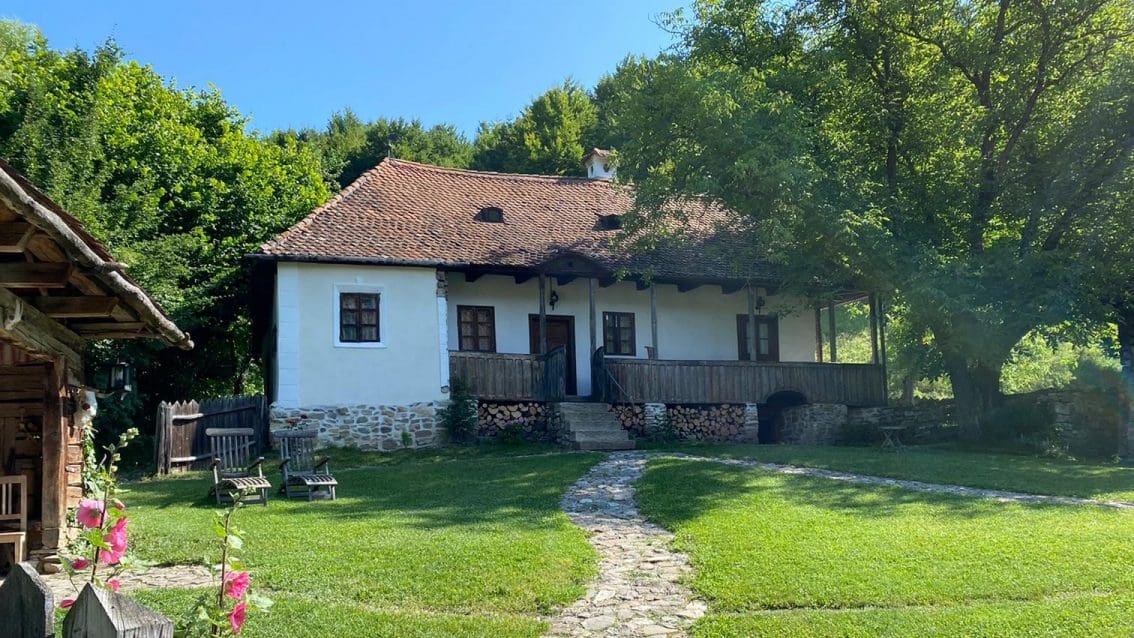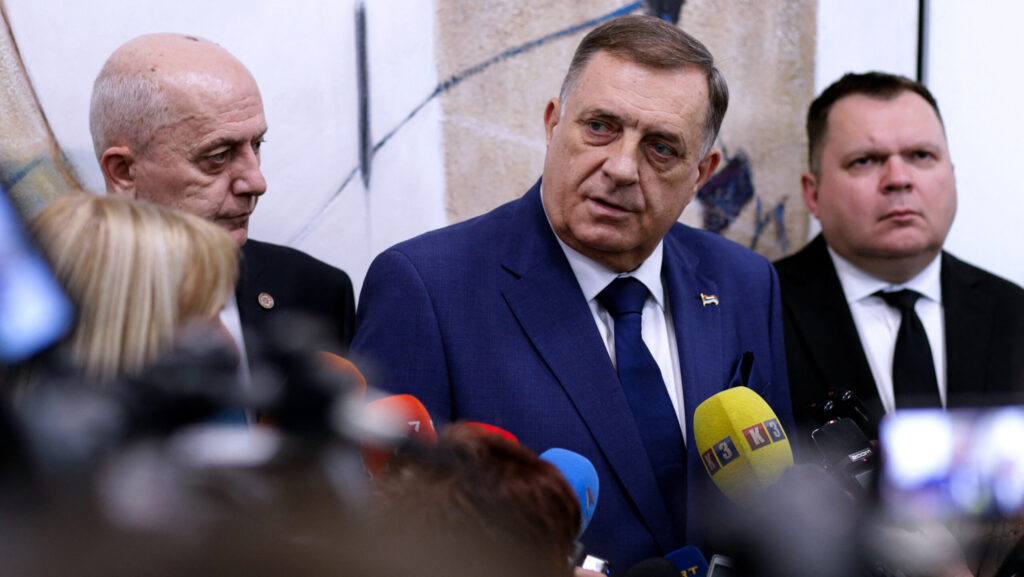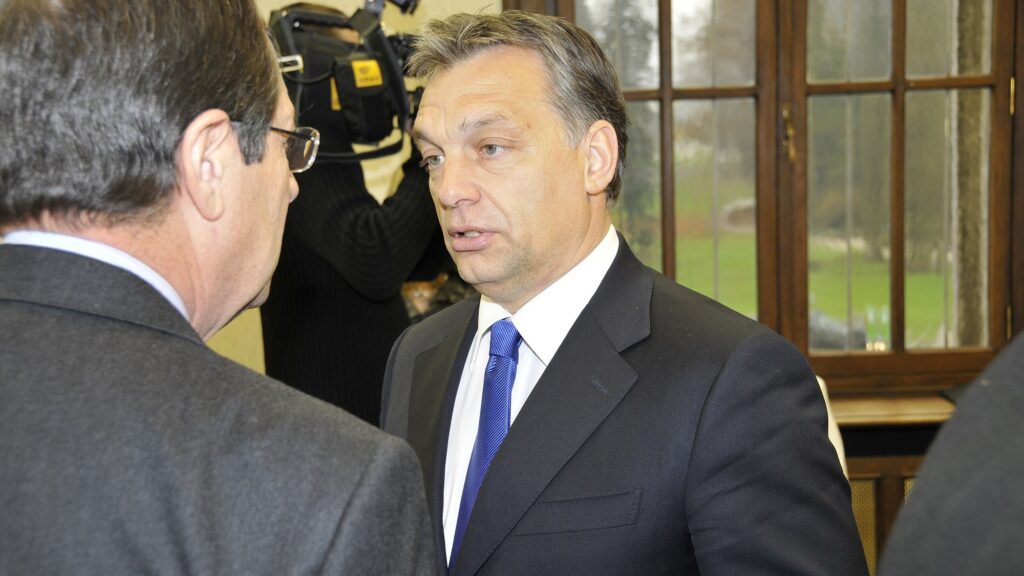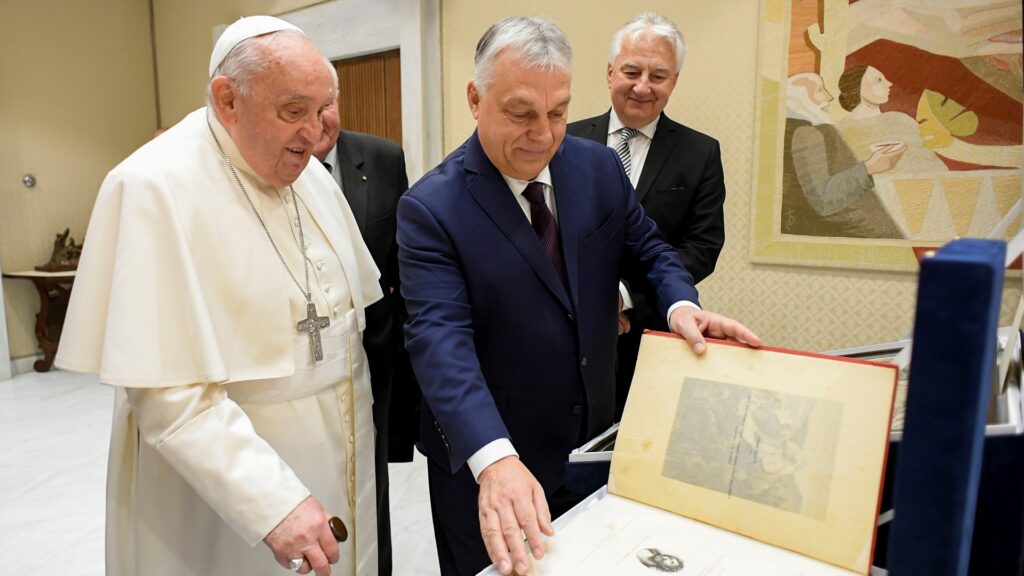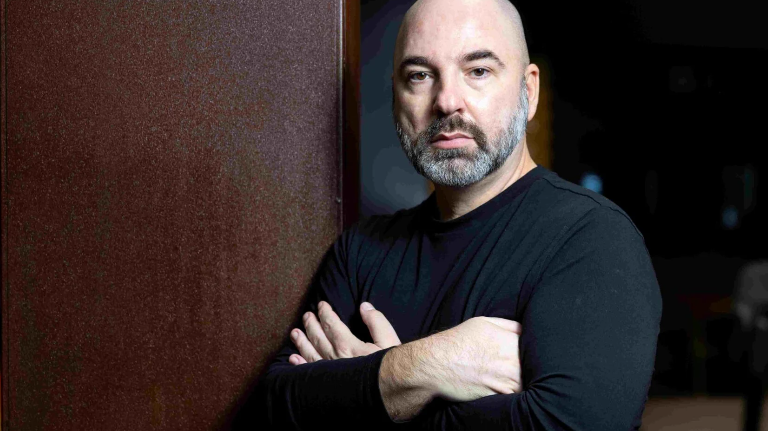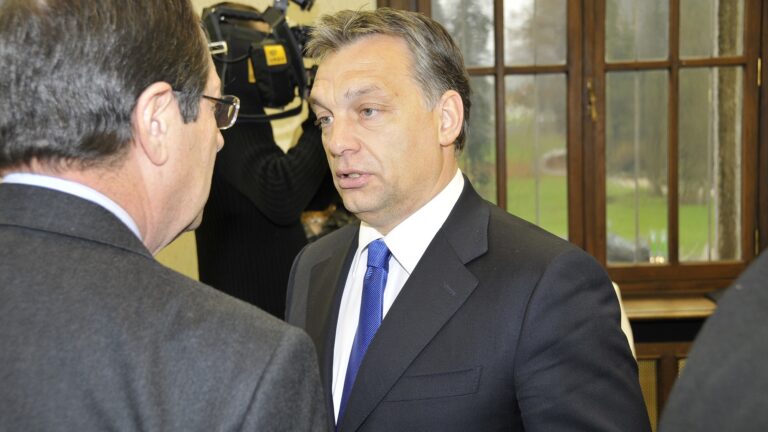One of the British monarch’s first private overseas visits since his coronation in May was to Szeklerland, Romania, a region inhabited predominantly by ethnic Hungarians. King Charles III has several estates in Transylvania.
The newly crowned British monarch arrived in Transylvania, Romania, a few days ago. King Charles III is a frequent guest in the Eastern European country, as he is especially attracted to Szeklerland in Eastern Transylvania, a region inhabited predominantly by ethnic Hungarians, where he owns several estates.
The British King of the House of Windsor is connected in many ways to Szeklerland. Charles, like the other members of the House of Windsor, is a descendant of the kings of the first ruling house of Hungary, the Árpád dynasty: on the one hand,
his line of descent can be traced back to the pagan Hungarian Prince Árpád, who led the conquering Magyars.
On the other hand, there is a much closer kinship as well: his mother, Queen Elizabeth II’s great-great-grandmother was Countess Claudine Rhédey von Kis-Rhéde from Transylvania, whose granddaughter was the British Queen Mary of Teck.
Charles has visited Transylvania almost every year since the nineties. Among the ever growing number of his estates, the village of Zalánpatak (Valea Zălanului in Romanian) stands out in particular. With its setting in a rather quiet, isolated location, it has become a real retreat for Charles. The King has a beautiful, traditional small manor complex in this tiny village of just over 100 inhabitants, located among the mountains of Szeklerland. The estate even has its own Facebook page, where those interested can admire the houses reflecting the traditional local architecture and the Transylvanian landscape surrounding the estate.
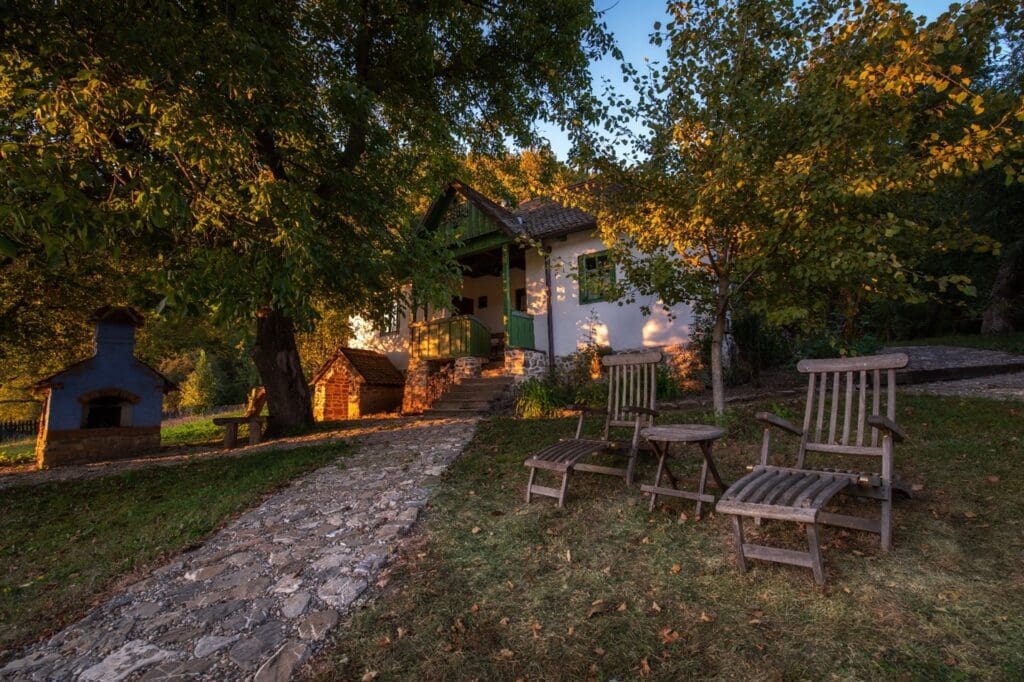
The monarch had previously established The Prince of Wales’s Foundation Romania (PWFR), as well as a corresponding training centre for old crafts. Representing Charles’ own views, these initiatives serve the protection of the built and cultural heritage, sustainable development, and local agriculture.
At the time of his visit in 2022, when his mother Queen Elizabeth was still alive, Charles, then still an heir to the throne, talked about his connections to Transylvania in a report with Hungarian–German journalist Boris Kálnoky, who has a personal relationship with Charles through his brother, Count Tibor Kálnoky of Transylvania.
King Charles has often been quoted as saying that
his love for Transylvania is ‘in his blood’,
and that it is the countryside and the people that made him fall in love with the place. In 2022, he told Kálnoky that ‘there is a sense of age-old continuity here. A virtuous circle where man and nature are in balance.’ When asked about his property, he said, ‘there must have been a bear nearby last night. The dogs just wouldn’t stop barking.’ As it had already been three years since the former Prince of Wales’ last visit to Transylvania at the time of the interview, Charles added musingly: ‘It’s good to be back. At least I can see how much the apple trees have grown.’
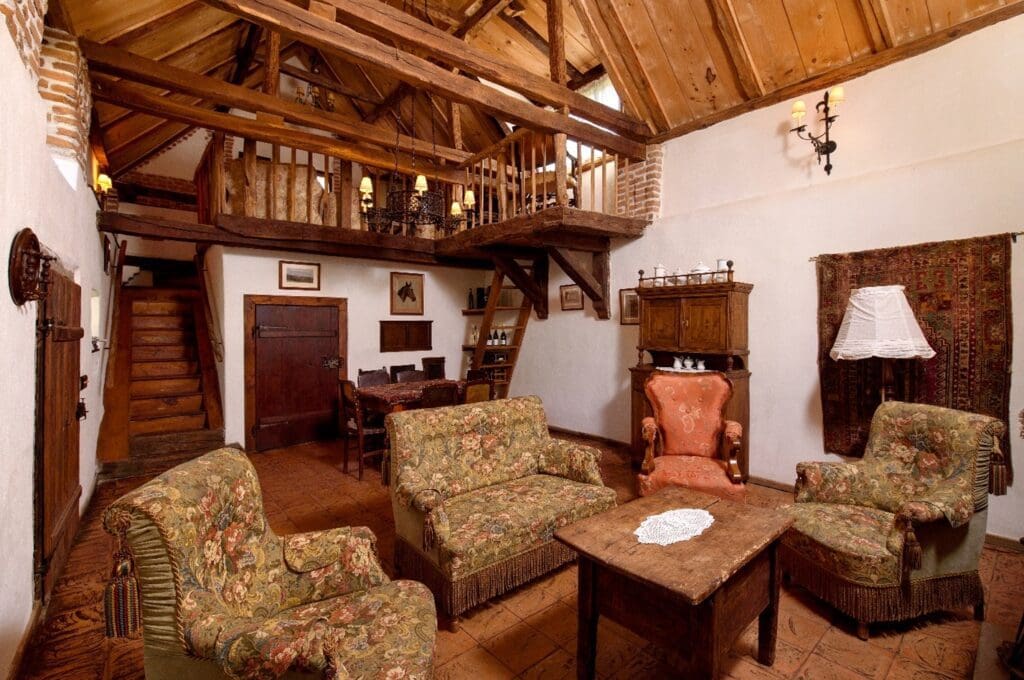
During Charles’ visits, the locals usually hold picnics or other events to greet the King accordingly. During his visit in 2022, for example, the First Communion of a child of a local family was celebrated, for which even a festive table was set in the huge vaulted cellar of the castle. A scene of Charles and his escort walking around the park during the event looked like an illustration of Szeklerland as a world in balance.
The people of Zalánpatak behave as if the King lived among them: when he arrives, no one rushes up to him to take pictures with him, no one waves and no one shouts. The smiles of the locals are always calm and kind. Of course, they recognise him, but he has been to the village quite a few times since 2006, so his presence is nothing new. And King Charles also behaves as if he really comes here at least every other Sunday—as if he is really at home in this tiny village in the heart of Szeklerland.
Related articles:

